Biomechanical comparison of different prosthetic materials and posterior implant angles in all-on-4 treatment concept by three-dimensional finite element analysis
Por um escritor misterioso
Descrição
The study aimed to evaluate the biomechanical behaviors of different prosthetic materials and posterior implant angles in All-on-4 implant-supported fixed maxillary prostheses with three-dimensional (3D) finite element analysis. The model of complete edentulous maxilla was created using the Rhinoceros and VRMesh Studio programs. Anterior vertical and 17°- and 30°-angled posterior implants were positioned with All-on-4 design. Straigth and angled multi-unit abutments scanned using a 3D scanner. Two different prosthetic superstructures (monolithic zirconia framework and lithium disilicate veneer (ZL) and monolithic zirconia-reinforced lithium silicate (ZLS)) were modeled. Four models designed according to the prosthetic structure and posterior implant angles. Posterior vertical bilateral loading and frontal oblique loading was performed. The principal stresses (bone tissues-Pmax and Pmin) and von Mises equivalent stresses (implant and prosthetic structures) were analyzed. In all models, the highest Pmax stress values were calculated under posterior bilateral loading in cortical bone. The highest von Mises stress levels occured in the posterior implants under posterior bilateral load (260.33 and 219.50 MPa) in the ZL-17 and ZL-30 models, respectively. Under both loads, higher stress levels in prosthetic structures were shown in the ZLS models compared with ZL models. There was no difference between posterior implant angles on stress distribution occurred in implant material and alveolar bone tissue. ZLS and ZL prosthetic structures can be reliably used in maxillary All-on-4 rehabilitation.
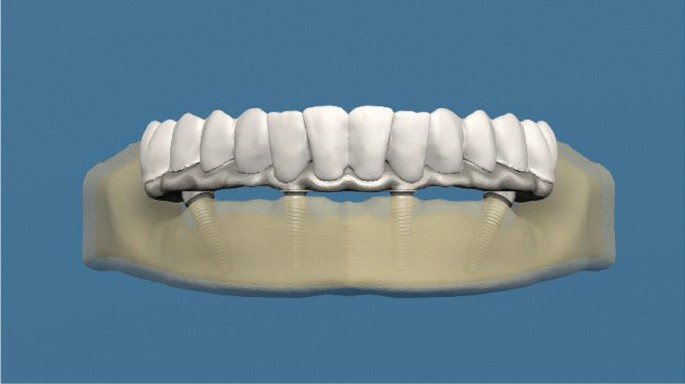
Comparison of stresses in monoblock tilted implants and conventional angled multiunit abutment-implant connection systems in the all-on-four procedure, BMC Oral Health
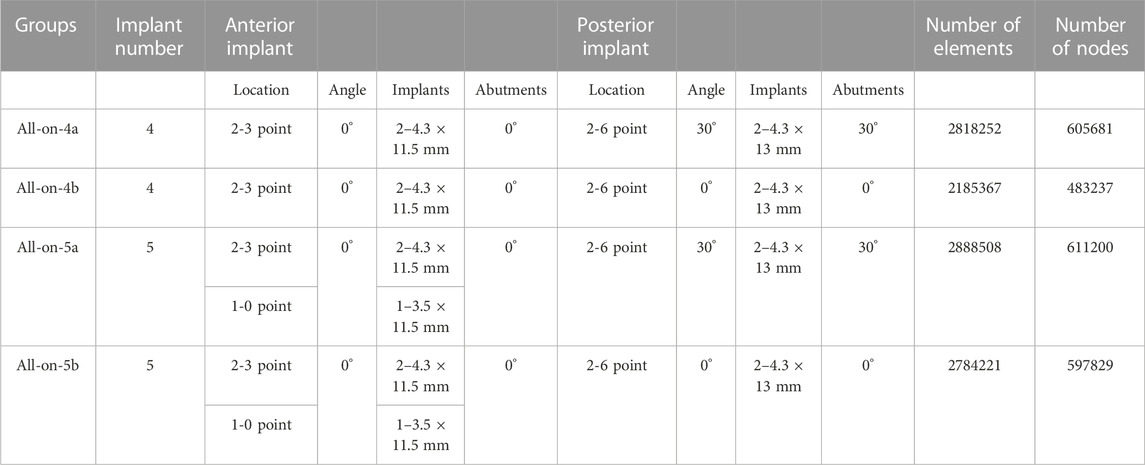
Frontiers Biomechanical comparison of all-on-4 and all-on-5 implant-supported prostheses with alteration of anterior-posterior spread: a three-dimensional finite element analysis
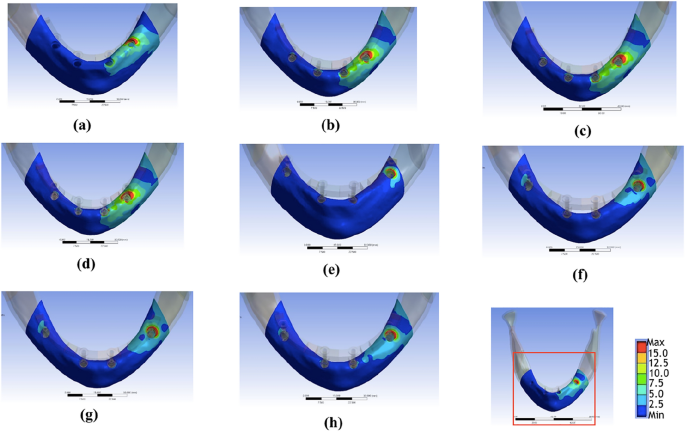
Biomechanical Effects of Bone Atrophy, Implant Design, and Vertical or Tilted of Posterior Implant on All-on-Four Concept Implantation: Finite Element Analysis
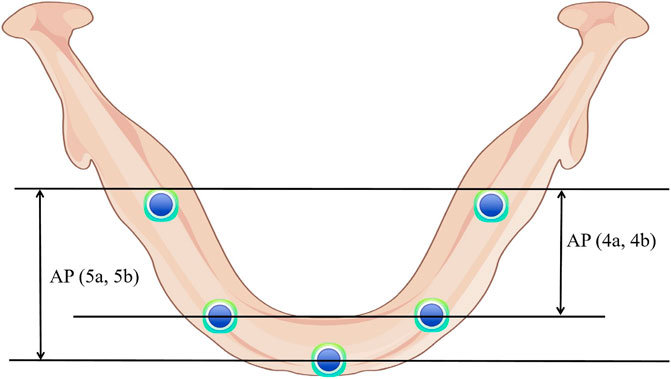
Frontiers Biomechanical comparison of all-on-4 and all-on-5 implant-supported prostheses with alteration of anterior-posterior spread: a three-dimensional finite element analysis

Strain in the cortical bone (A) and cancellous bone (B) around implants.

The all‐on‐4 concept in the maxilla–A biomechanical analysis involving high performance polymers - Ahmadi - 2021 - Journal of Biomedical Materials Research Part B: Applied Biomaterials - Wiley Online Library

Contemporary all on 4.pdf
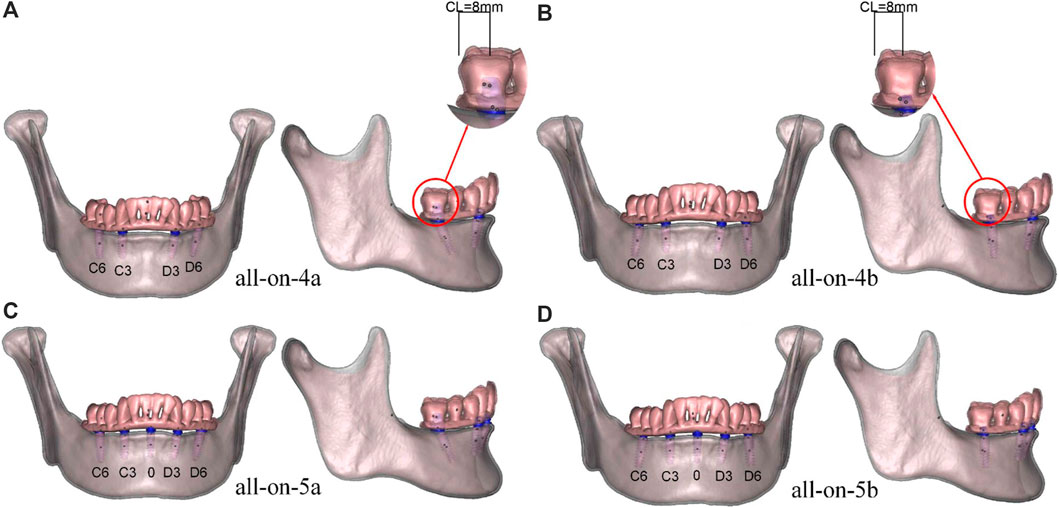
Frontiers Biomechanical comparison of all-on-4 and all-on-5 implant-supported prostheses with alteration of anterior-posterior spread: a three-dimensional finite element analysis

Finite element model. A vertical load of 200N was applied at the
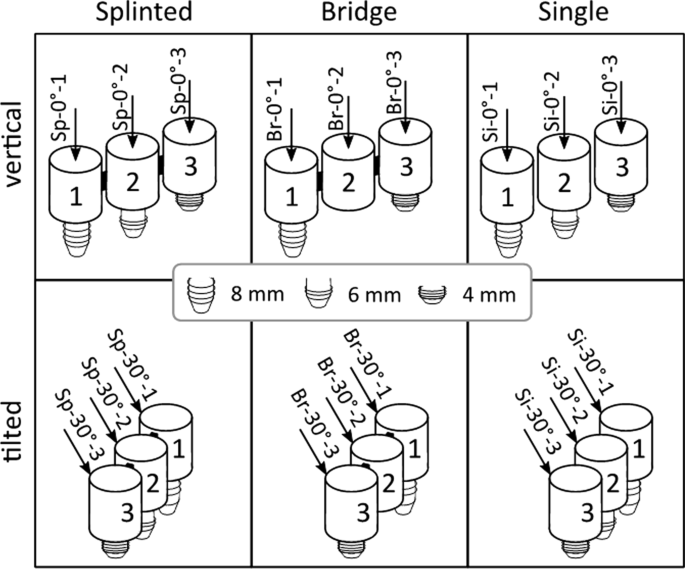
Biomechanical finite element analysis of short-implant-supported, 3-unit, fixed CAD/CAM prostheses in the posterior mandible, International Journal of Implant Dentistry
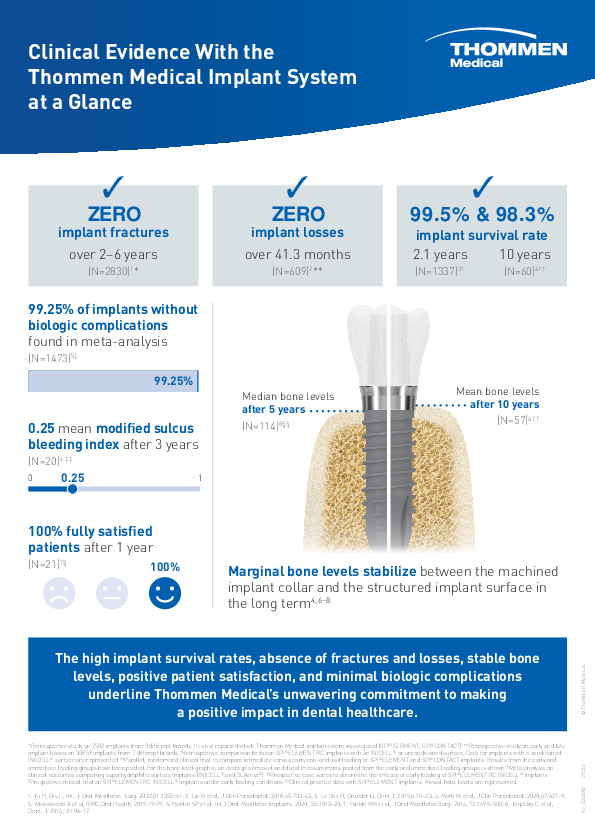
Scientific Evidence
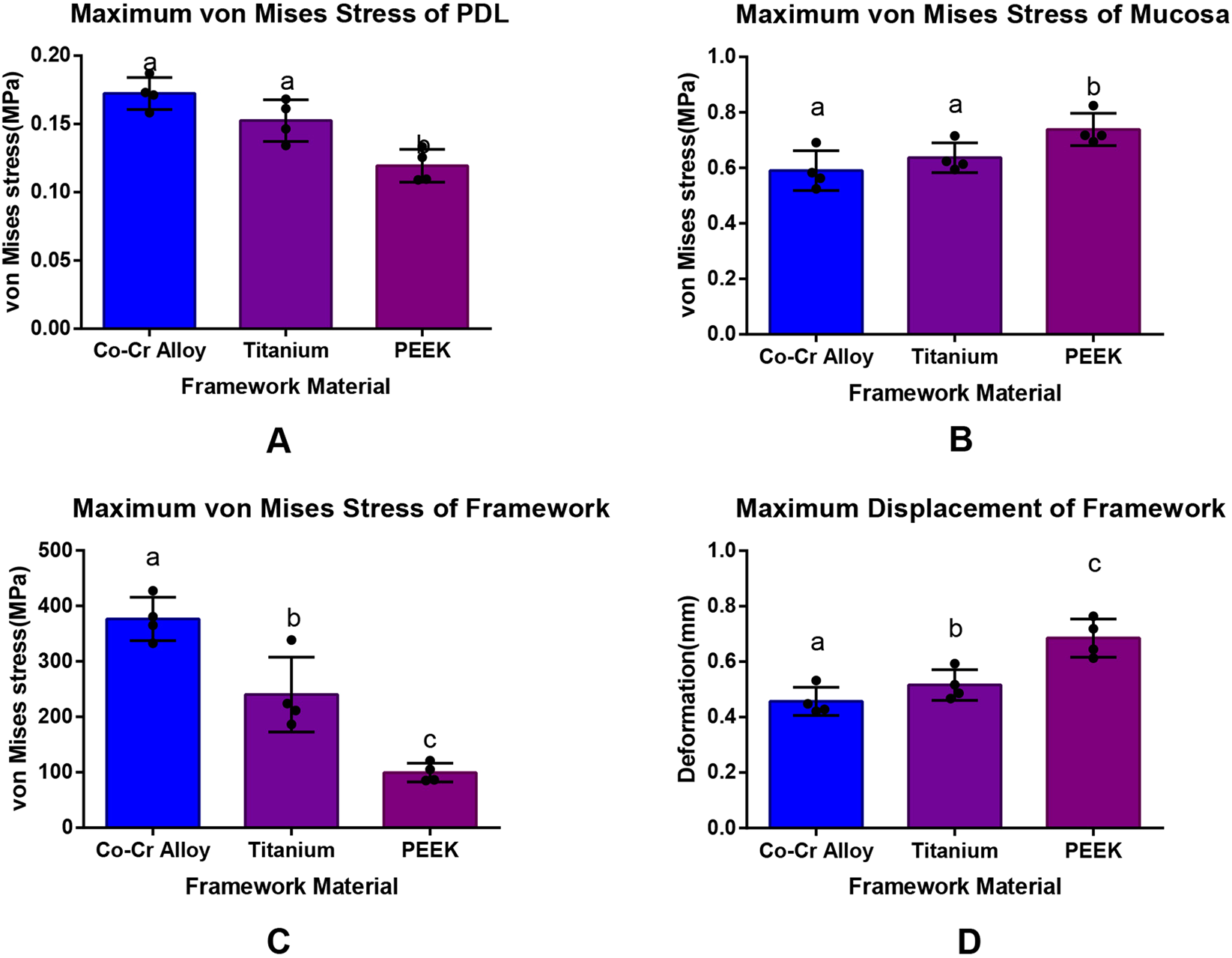
A three-dimensional finite element analysis of mechanical function for 4 removable partial denture designs with 3 framework materials: CoCr, Ti-6Al-4V alloy and PEEK

PDF) Biomechanical Analysis of Titanium Dental Implants in the All-on-4 Treatment with Different Implant–Abutment Connections: A Three-Dimensional Finite Element Study

Angulated Implant Placement in the Posterior Maxilla to Avoid Sinus Augmentation and Improve Prosthesis Support: A Case Report - Oral Health Group
de
por adulto (o preço varia de acordo com o tamanho do grupo)






